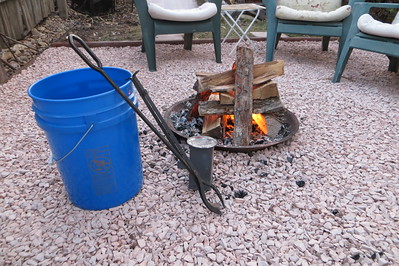Phil Coffins
69 Cal.
MD, I only go as high as 1400* and lower my temp till it’s stable at 1350* before quench. No rest is given other then the few seconds it takes to pull the crucible, turn and dump in the water.
I like your colors and I’m glad you opened this subject. I don’t type well so my responses will be short.
I like your colors and I’m glad you opened this subject. I don’t type well so my responses will be short.





